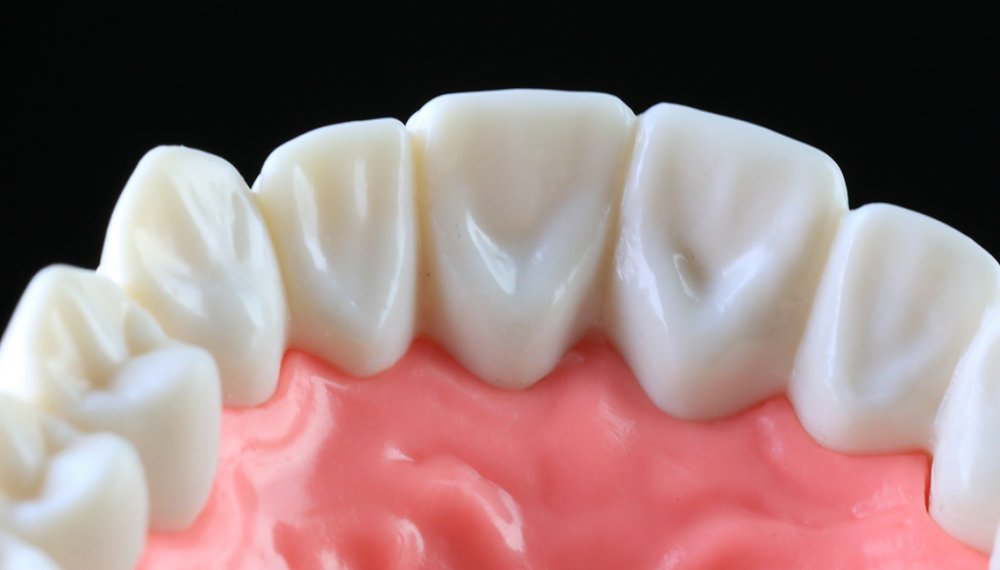INTRODUCTION-

Get on Top of Your Gums/ SOURCE-{1}
You've presumably heard the articulation "rather old," however with regards to more seasoned grown-ups and gum sickness, it's a tragic reality. Around 70% of grown-ups beyond 65 years old foster the periodontal sickness - which in genuine cases makes gums pull away from the teeth Here's the reason gum illness creeps up with age, and how you might assist with forestalling it.YOU MUST KNOW KNOWLEDGE OF HOW AND WHY DENTAL DISEASES COME IN LATER STAGES OF LIFE.
A DEEP STUDY FOLLOWING MULTIPLE-CHOICE -QUESTION ANSWERS -CLEAR ALL YOUR DENTAL DISEASE REASON
 |
| Multiple Choice Questions on Teeth |
- 1. What is the estimated global prevalence of untreated dental caries?.
ANSWER= (B) Types options
Explain:- It is estimated that approximately 40% of the world's population have untreated dental caries. The overall global prevalence of dental caries is significantly higher if treated (filled and extracted) caries are included.2. From the list of oral microorganisms, which is primarily responsible for the initiation of dental caries?
ANSWER= (A) Types options
Explain:- Mutans Streptococci initiate the dental caries process and other bacteria such as lactobacilli become involved at a later state when the plaque pH is lower. P.gingivalis is a bacterium that causes gingival inflammation. Bifidobacteria can metabolise dietary sugars to acids and contribute to dental caries, but these bacteria are not responsible for initiating caries.It is estimated that approximately 40% of the world's population have untreated dental caries. The overall global prevalence of dental caries is significantly higher if treated (filled and extracted) caries are included.3. Oral bacterial synthesise extracellular glucans (dextran and mutant) from which host dietary component?
ANSWER= (C) Types options
Explain:-Plaque glucans are synthesised from dietary sucrose by glucosyltransferase 4.
Oral bacterial synthesise extracellular glucans (dextran and mutant) from which host dietary component?
Version Dental Hygiene Mock

ANSWER= (C) Types options
Explain:- Enamel hydroxyapatite usually begins to dissolve around pH 5.5 which is referred to as the critical pH.5. A deficiency of which vitamin has been associated with enamel defects and increased risk of dental caries?
ANSWER= (D) Types options
Explain:-Vitamin D: a deficiency is a risk factor for enamel hypoplasia and this increases the risk of caries. Although there are limitations with some studies a systematic review has suggested that vitamin D supplementation may decrease the risk of dental caries.6. Which of the following foods do not contain free sugars Oral bacterial synthesise extracellular glucans (dextran and mutant) from which host dietary component?
ANSWER= (A) Types options
Explain:- Free sugars include all mono and disaccharides that have been added to foods by manufacturer cook or consumer plus the sugars naturally present in honey, syrups, fruit juices and fruit juice concentrates. The classification, therefore, excludes the sugars that are naturally present in milk and milk products.7. The best available evidence for an association between the number of sugars and risk of dental caries comes from which type of study design?
ANSWER= (D) Types options
Explain:- In the absence of any randomised controlled trials investigating sugars and dental caries the best available data come from cohort studies. Cross-sectional observational studies provide weaker data as they only measure sugars and caries at one point in time and do not provide evidence on the association between sugars and the development of dental caries over time.8. The WHO made a strong recommendation that the maximum intake of free sugars by individuals within populations should be Oral bacterial synthesise extracellular glucans (dextran and mutant) from which host dietary component?
ANSWER= (C) Types options
Explain:- The WHO Guideline on Sugars intake by Adults and Children made a strong recommendation that the intake of free sugars by individuals with the population should be no more than 10% of energy intake. WHO made a conditional recommendation that the intake of free sugars should be no more than 5% of energy intake. Strong recommendations indicate that "the desirable effects of adherence to the recommendation outweigh the undesirable consequences and this means that the recommendation can be adopted as policy in most situations. Conditional recommendations are made when there is less certainty about the balance between the benefits and disadvantages of implementing a recommendation and that more debate is required before adopting as policy. 9. From the options listed, which type of carbohydrate cannot be metabolised by oral bacteria
Oral bacterial synthesise extracellular glucans (dextran and mutant) from which host dietary component?6 dental tips

